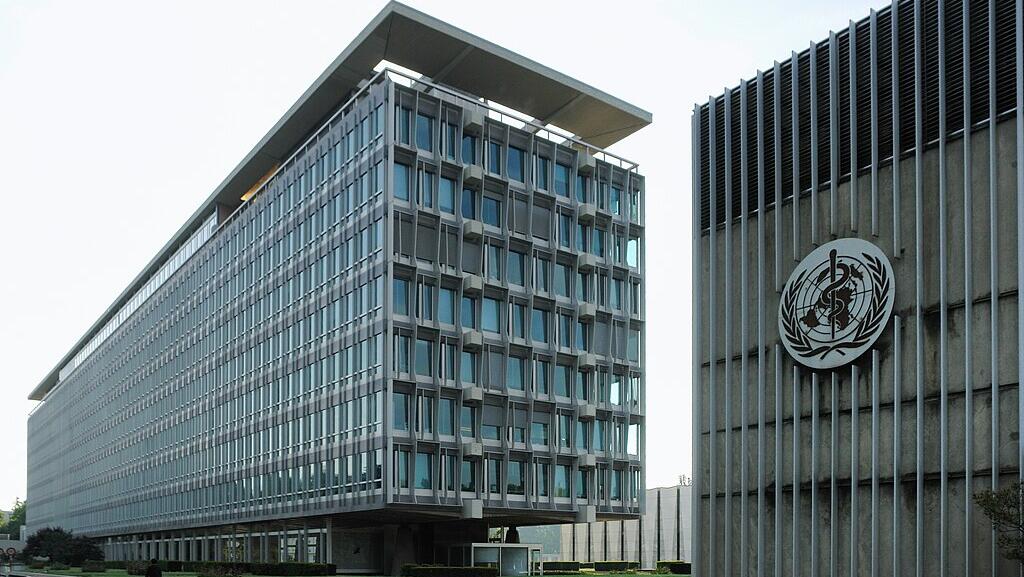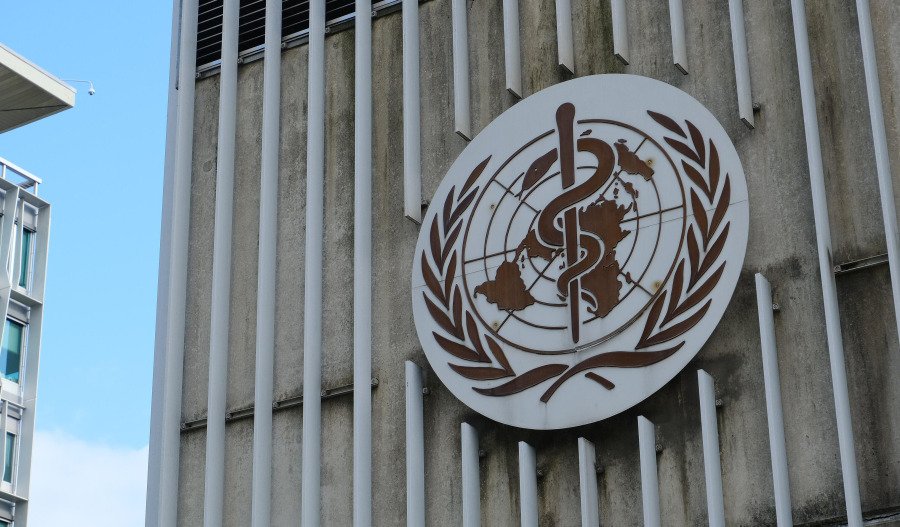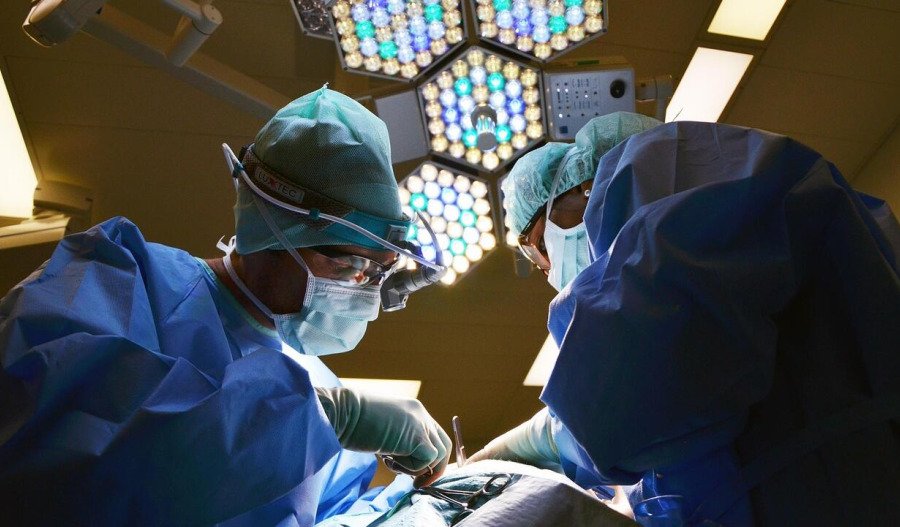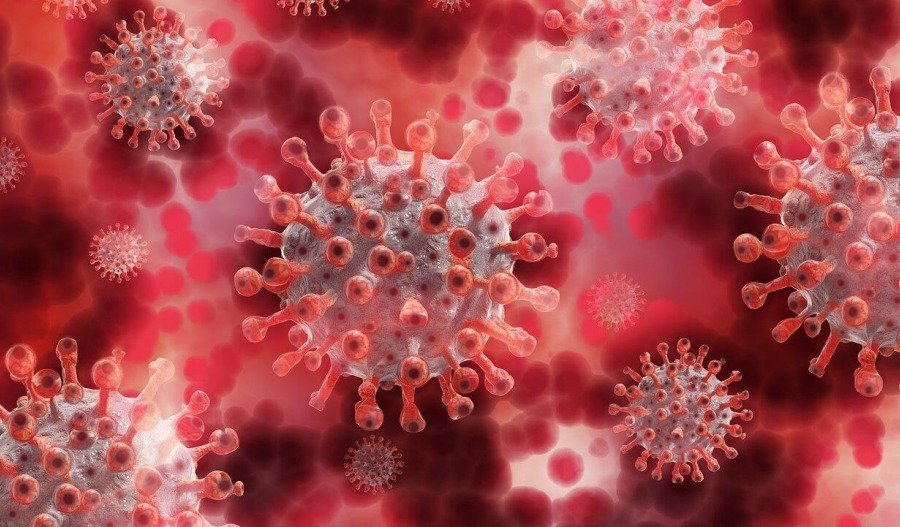The World Health Organisation (WHO) is working on new tools and innovative partnerships to protect the world from health threats like pandemics, including new early detection technology.
WHO unveiled its latest early warning system at the hub called Epidemic Intelligence from Open Sources (EIOS), which scans online sources in real time and uses AI to identify public health threats more efficiently.
Pathogen genomics, which analyses viruses and other pathogens' genetic material, has become a valuable tool to track and predict outbreaks. The Hub’s International Pathogen Surveillance Network (IPSN) connects over 200 organisations around the world to expand this surveillance more equitably around the world, including through a US$4 million fund for low and middle-income countries.
“As part of the WHO Health Emergencies Programme, the WHO Hub for Pandemic and Epidemic Intelligence builds on proven surveillance approaches while continuously developing and integrating new, innovative methods for detecting and responding to health threats,” Dr Mike Ryan, Executive Director of WHO’s Health Emergencies Programme, said.
To help decision makers better understand how to handle an emerging health emergency, the Hub has created a platform that will visualise disease transmission and simulate different countermeasures.
The health organisation is building upon its learnings during the COVID pandemic at the WHO Hub for Pandemic and Epidemic Intelligence in Berlin, where they are leveraging tools for more effective disease surveillance worldwide.
The Hub’s latest report provides highlights of the growing impact of this work and provides insights into progress made in 2024.
This includes implementing Collaborative Surveillance to ensure countries work together on pandemic prevention and countries, including Australia, signing the world’s first Pandemic Agreement following COVID impacts.
The Hub's collaborative spirit is also evident in its physical space in Berlin, where there are more than 60 onsite workshops and events.
“The WHO Hub in Berlin is a vibrant place for collaboration and co-creation. By leveraging WHO’s convening power, we bring partners together, facilitate data sharing and joint analysis, and support the collective adoption of innovative approaches,” Sara Hersey, Director of Collaborative Intelligence at the WHO Hub in Berlin said.
WHO Director General, Dr Tedros Adhanom Ghebreyesus, said he urged all WHO Member States to work closely with the hub to increase disease preparedness.
“The Hub is ensuring that the most robust tools and analytics are available to enhance early threat detection and rapid response and support decision-makers around the world,” he said.



